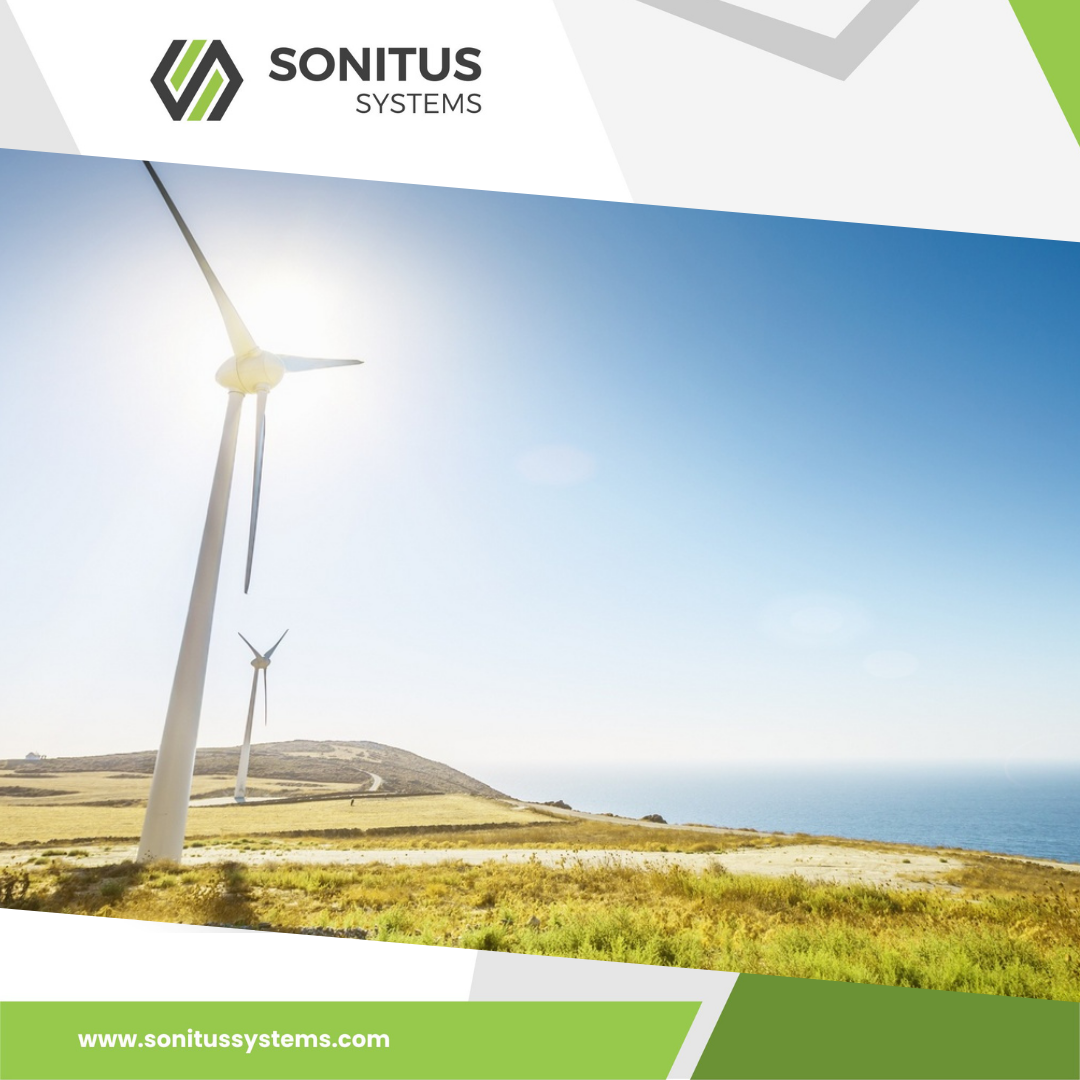Balancing climate change action with noise management
Last week the Irish Government published its long anticipated Climate Action Bill and Low Development Bill to guide Ireland on its journey to
a “climate resilient, biodiversity rich, environmentally sustainable and climate neutral economy”. The draft Bill, which is currently open for
public consultation, makes for some interesting reading. You can access the Climate Action and Low Carbon Development (Amendment) Bill 2021 in full
here: https://www.rte.ie/documents/news/2021/03/127957-ab70a65d-68c1-4947-983b-babf920cc4dc.pdf.
While the Bill has already attracted criticism for not going far enough, the targets set out are objectively ambitious and each sector of the economy
has responsibility for helping to achieve these ambitions through a system of carbon budgets, which will be assessed and evaluated
on a rolling five-year basis.
This Bill, while arguably overdue, is refocusing attention on the renewable energy sector. Through our work, the team at Sonitus Systems support
the renewables sector as it rolls out green and sustainable power to positively impact climate change. However, this comes at a cost to the local
community, so it is imperative that both the sector and the local community work together to achieve real change.
Green Prophet, a climate action website founded by biologist, journalist and tech entrepreneur Karin Kloosterman, recently published an
article titled ‘Do Wind Turbines Create Noise Pollution?’, which delves deeper into this growing global issue.The article cites wind as the
most cost-effective renewable power source available, claiming that “its operation creates no greenhouse gases, nor any pollution”. However,
the author does acknowledge that turbines are the source of one very real and very harmful environmental pollutant, that is, noise pollution. As
regularly documented here, exposure to noise pollution can cause a litany of physiological and psychological problems for people.
The above article breaks down constituent noise pollution and how wind turbines contribute to this problem. It defines noise pollution as “any
sound or noise that is louder than the usual background noise you hear”. Working wind turbines emit two different kinds of audible noise,
mechanical and aerodynamic. Mechanical noise is created by the friction between two components of the machinery, and vibrations induced by the
rotating components, including noise emanating from the generator, fans, and hydraulic systems. Whereas aerodynamic noise, which is the dominant
source of noise from a turbine, is described as being “more complex”. It arises from the motion of the air around the blades, changing in relation
to the speed of the blades.
Interestingly, the author explains that wind turbine parks can also create infrasound, or low-frequency sound, which is noise below the lower
limit of audibility. According to the article, “studies conducted in the matter found that the infrasound produced is below the natural background
infrasound, meaning it has no harmful consequences”.
How loud is loud? The article helpfully puts the noise levels in context by explaining that the average open office environment is
approximately 60dB(A), a loud concert can be up to 100dB(A) and a jet engine can be over 130dB(A). Wind turbines emit approximately 100dB(A)
of noise at source and this reduces significantly as the distance increases, for example, 250 meters away from the turbine, the noise level is
approximately 50dB(A) which decreases depending upon the strength of the wind. There are a number of other variables that contribute to this range,
including land topology, and these factors must feed into planning decisions going forward.
We work with a network of experts to deliver reliable monitoring on projects all over the world; making sure people making decision get the
information they need.
To discuss automated monitoring, real-time reporting and other noise reduction strategies, contact the expert team at Sonitus Systems.
Sonitus Systems offers both the hardware and software for a range of environmental parameters on a continual basis, with real-time information available through our Sonitus Cloud dashboard.
For more details on our indoor and outdoor noise and air quality monitoring products and services, please contact the team at www.sonitussystems.com/contact/contact.html
